Proclaiming sovereignty, Nagas celebrate 77th Independence Day on 14 August
![Recalling the historic occasion when in 1947, the Naga leadership rejected the British move to push Nagaland to either go with India or Burma -present-day Myanmar, the Government of the People’s Republic of Nagalim celebrated their 77th Independence Day on 14th August, at their headquarters in Hebron, led by nonagenarian Thuingaleng Muivah, General Secretary of the Nationalist Socialist Council of Nagaland (I-M). Upholding their right as a sovereign sui generis people, they reiterated their resolve to be masters of their […]](https://www.theworldsikhnews.com/wp-content/uploads/2023/08/Nagaland-Independence-day-2-360x270.jpeg)
Recalling the historic occasion when in 1947, the Naga leadership rejected the British move to push Nagaland to either go with India or Burma -present-day Myanmar, the Government of the People’s Republic of Nagalim celebrated their 77th Independence Day on 14th August, at their headquarters in Hebron, led by nonagenarian Thuingaleng Muivah, General Secretary of the Nationalist Socialist Council of Nagaland (I-M). Upholding their right as a sovereign sui generis people, they reiterated their resolve to be masters of their destiny, without interference from anyone. An analytical report by WSN editor Jagmohan Singh.
Celebrating the 77th Independence Day celebrations, Nagaland’s struggle for sovereignty continues to echo through history. On this momentous occasion, amidst the political leadership of the Naga movement to maintain the distinct identity of the Naga people, the aging yet determined Naga leader Th. Muivah, walked the ramparts of the ground at its headquarters amidst salutations by the Naga army and delivered an inspirational speech in the name of God, and extended greetings to the Naga people while reflecting on the journey that has shaped Naga aspirations.
He categorically remarked, “The vision of our leaders in 1947 saved us from ignominy. Theirs was a historic step that gave a new meaning to the Naga national identity and saved the future of the Nagas.”
Invoking the spirit of God Almighty, the veteran leader reminisced how God had supported the Naga struggle through thick and thin, enabling and empowering them on the military, diplomatic, and political fronts and most significantly on the spiritual front too.
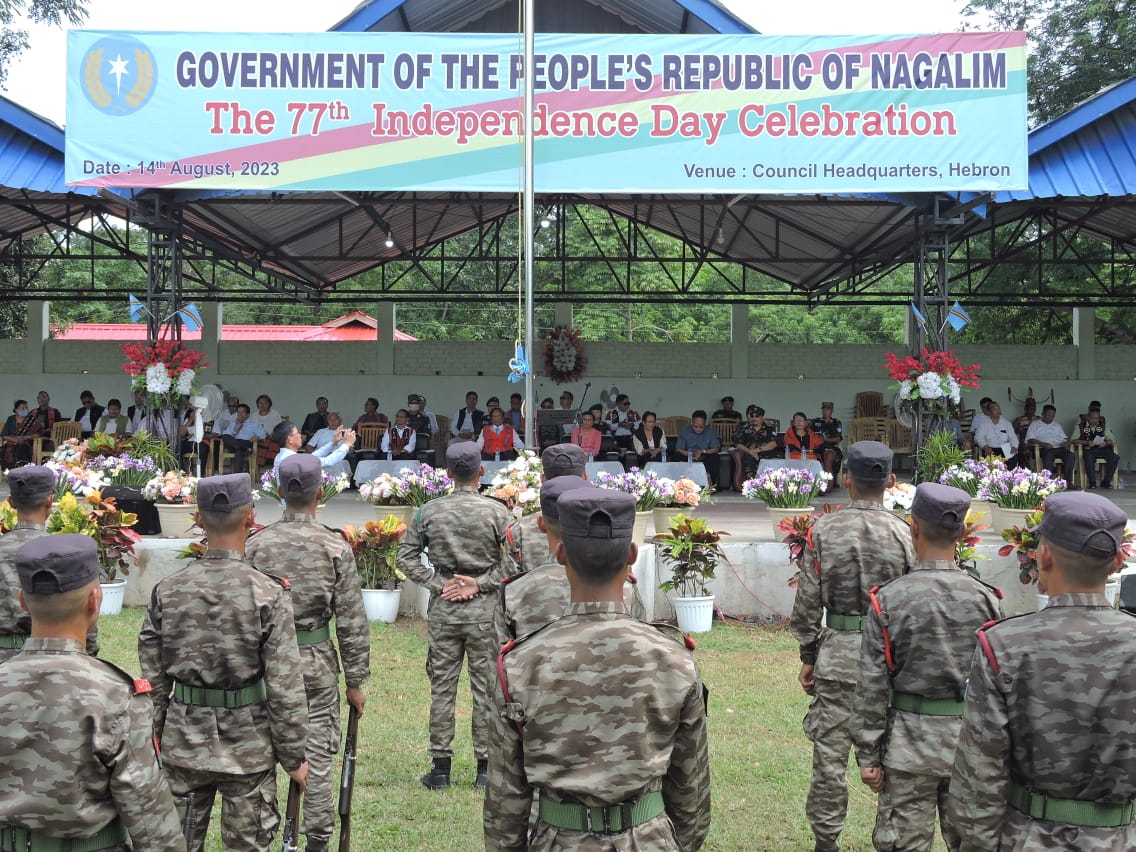
Clarifying in detail, the NSCN (I-M) leader said, “The heart of the matter is that the Nagas are a sovereign people, who have been living in their own land from time immemorial. They are not begging for a piece of land from others. They have every right to build their own nation-state in their land, They must decide their future by themselves. And that should not be viewed as an aggression on the right of others.”
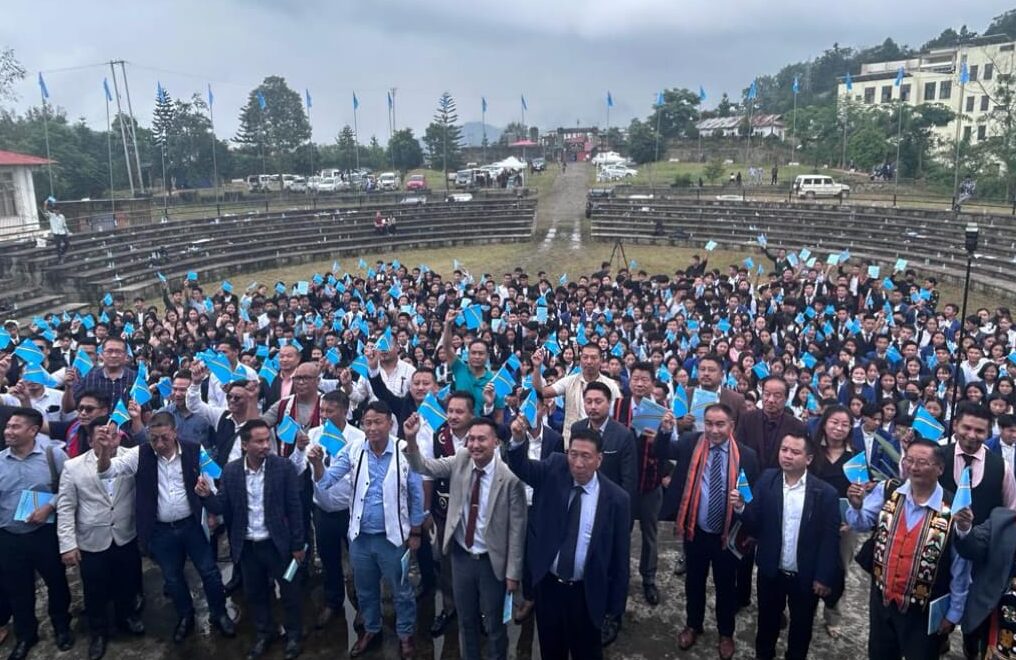
The diehard Naga leader pointed out that since 1947, when the Nagas declared their national independence on the eve of British India’s departure, the path has been marked by resilience and determination. The rejection of the Union of India’s offer led to India’s aggression, atrocities, destruction and loss. “Yet, the Nagas endured,” he observed.
“The heart of the matter is that the Nagas are a sovereign people, who have been living in their own land from time immemorial. They are not begging for a piece of land from others. They have every right to build their own nation-state in their land, They must decide their future by themselves. And that should not be viewed as an aggression on the right of others.”
Nagas witnessed and bore massacres, mass tortures, mass assaults on women, mass detentions in concentration camps, mass summary executions, and mass destruction of villages, churches, schools and forests. Yet, we rose like a phoenix and withstood oppression and persecution.
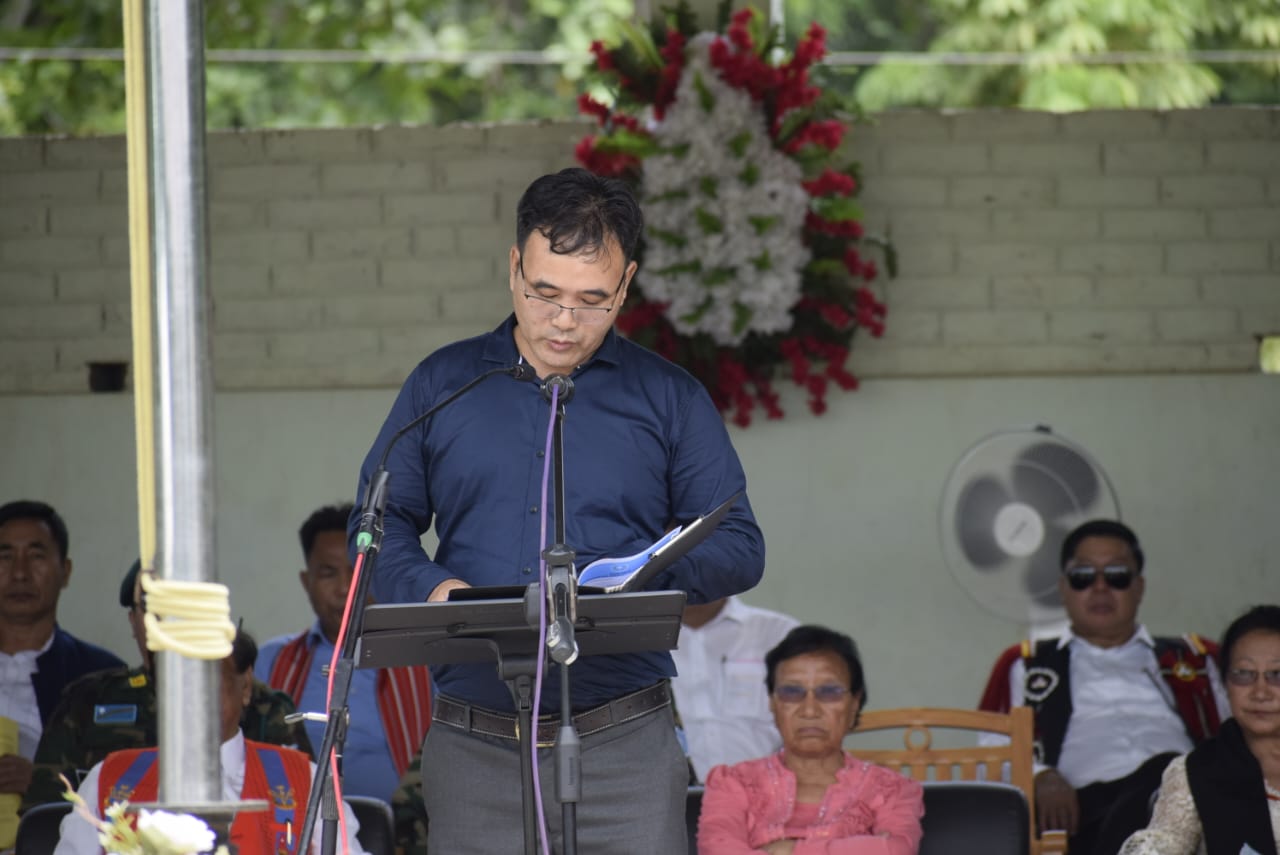
The Naga leader, in the spirit of gratitude, paid tribute to Naga martyrs and acknowledged that history was a living witness to their travails.
“Through the tumultuous journey, Naga leaders have held firm in their belief in the sovereign rights of their people. The rejection of the 16-point memorandum and the Shillong Accord underlined their commitment to an independent Nagalim.”
On 3 August 2015, the Framework Agreement was signed between the Naga and Indian leadership for Indo-Naga peace. 8 years have passed by and apart from dilly-dallying and chicanery by people in gubernatorial posts and Indian bureaucratic emissaries, this agreement signed in the presence of none other than the Prime Minister of India Narendra Modi has come to a naught.
Holding the government of India solely responsible for reneging on its commitment to the people of Nagaland, Th. Muivah stated that “After nearly two decades of negotiations, the Framework Agreement of August 3, 2015, between the Government of India (GoI) and the National Socialist Council of Nagalim (NSCN -IM) seemed like a breakthrough. It recognized the unique history and sovereignty of the Nagas, aiming for shared sovereignty and coexistence. This agreement, seen as a hard-fought achievement, bore the weight of Naga history and struggle.”
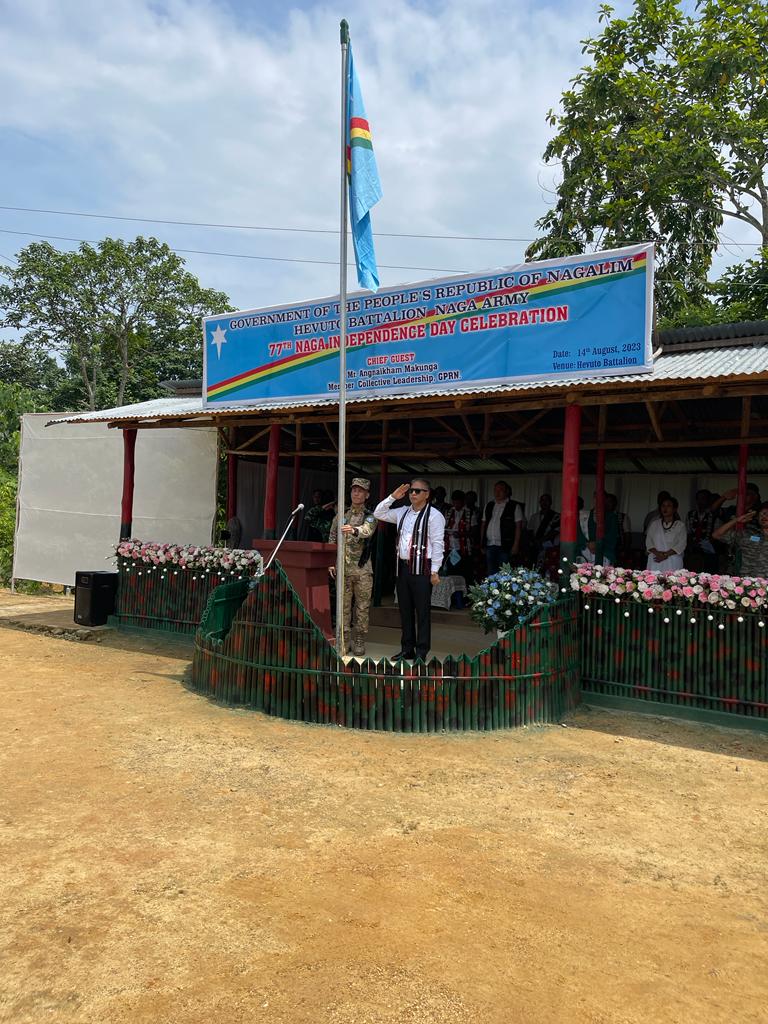
The sky-blue Naga flag unfurled in many areas of Nagaland and Manipur with people joyously greeting each other on the momentous occasion.
This dichotomy of Nagas celebrating their independence and yet being an Indian state, negotiating with India, can be broadly understood if one comprehends the concept of shared sovereignty, which was the hallmark of the discussions and conclusions leading to the formulation of the Framework Agreement in 2015.
The leader in his speech mentioned that the issue of integrating all Naga areas was acknowledged by the Indian government as a legitimate right, indicating a semblance of progress. However, the inseparable link between a flag, constitution, and sovereignty posed a significant challenge. While the Framework Agreement marked a step towards peace, the intricacies of achieving a shared identity remained.
“The dichotomy of Nagas celebrating their independence and yet being an Indian state, negotiating with India, can be broadly understood if one comprehends the concept of shared sovereignty, which was the hallmark of the discussions and conclusions leading to the formulation of the Framework Agreement in 2015.”
Taking a holistic view of the concept of freedom, the Naga leader spearheading the Naga struggle for decades painted a broad canvas of independence. He mentioned that “the importance of freedom was not merely as political independence but as the freedom to choose one’s path, including faith, salvation, and progress. The narrative of freedom was intertwined with a quest for a sovereign Nagalim, which Nagas see as a God-given land to be defended with unwavering determination.”
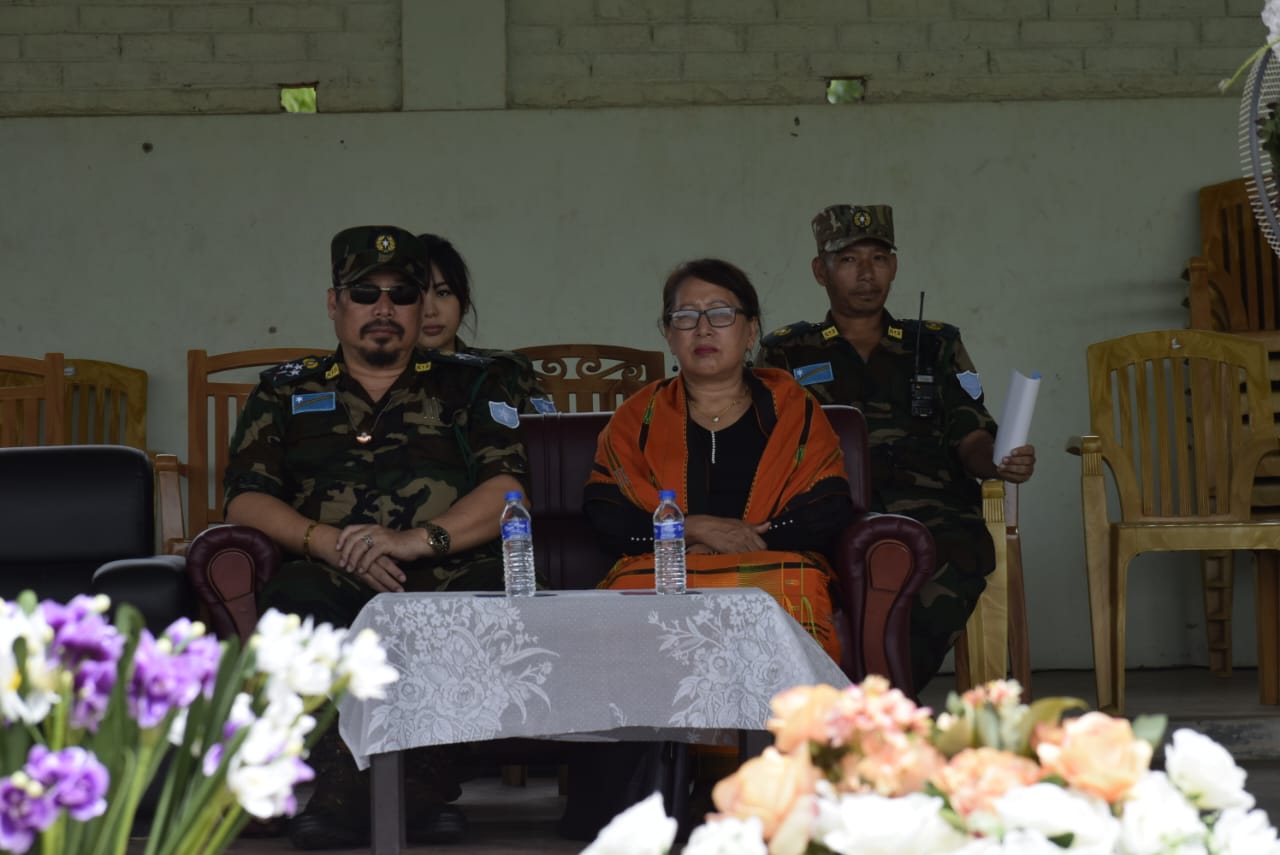
As the government of India leadership at various levels vacillates on the question of the Naga flag and a shared constitution, the NSCN leader reminded India that, “The flag and constitution are naturally inseparable from the sovereignty of a people. It is universally accepted truth that the flag and constitution are constituent parts of sovereignty. There is no ambiguity about it. The Indian leaders understand it too. They must take the stand to speak the truth.”
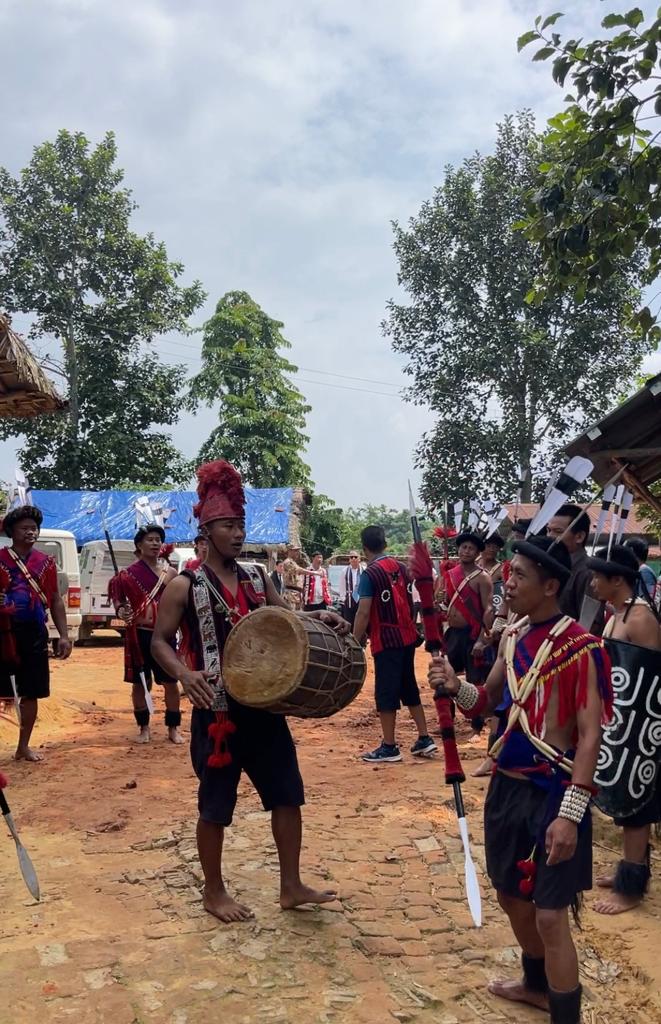
Various Naga bodies, including the Naga Students Federation, celebrated Naga Freedom Day with traditional gusto singing prayers and songs.
On the sidelines, it is comforting to recall how some years ago, activists of Shiromani Akali Dal (Amritsar) which is led by Simranjit Singh Mann, participated in the Naga independence day celebrations at Jantar Mantar, New Delhi.
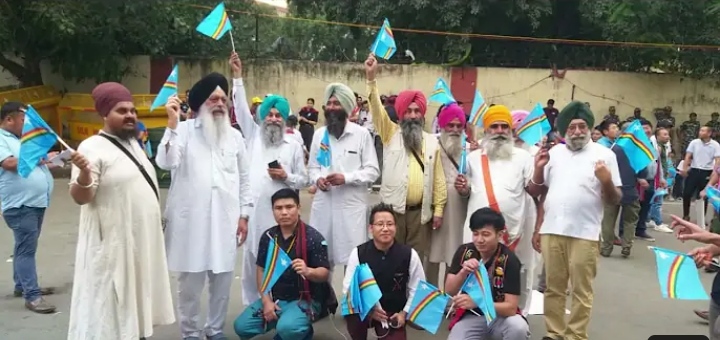
Nonagenarian Thuingaleng Muivah, General Secretary of the Nationalist Socialist Council of Nagaland (I-M)’s last words resonated with those present and those who listened to and read his speech, “We must possess Nagalim and defend it at all costs. No power on earth can stop the moving wheels of history. We will keep going.”
As the world observes the Naga struggle from a distance, the echoes of history and the Indo-Naga Framework Agreement remind us of the complexities and deeply entrenched ideals that shape this journey. While the Agreement holds promise, the quest for true coexistence and shared sovereignty remains a challenging path.
 Print
Print

 31
31

